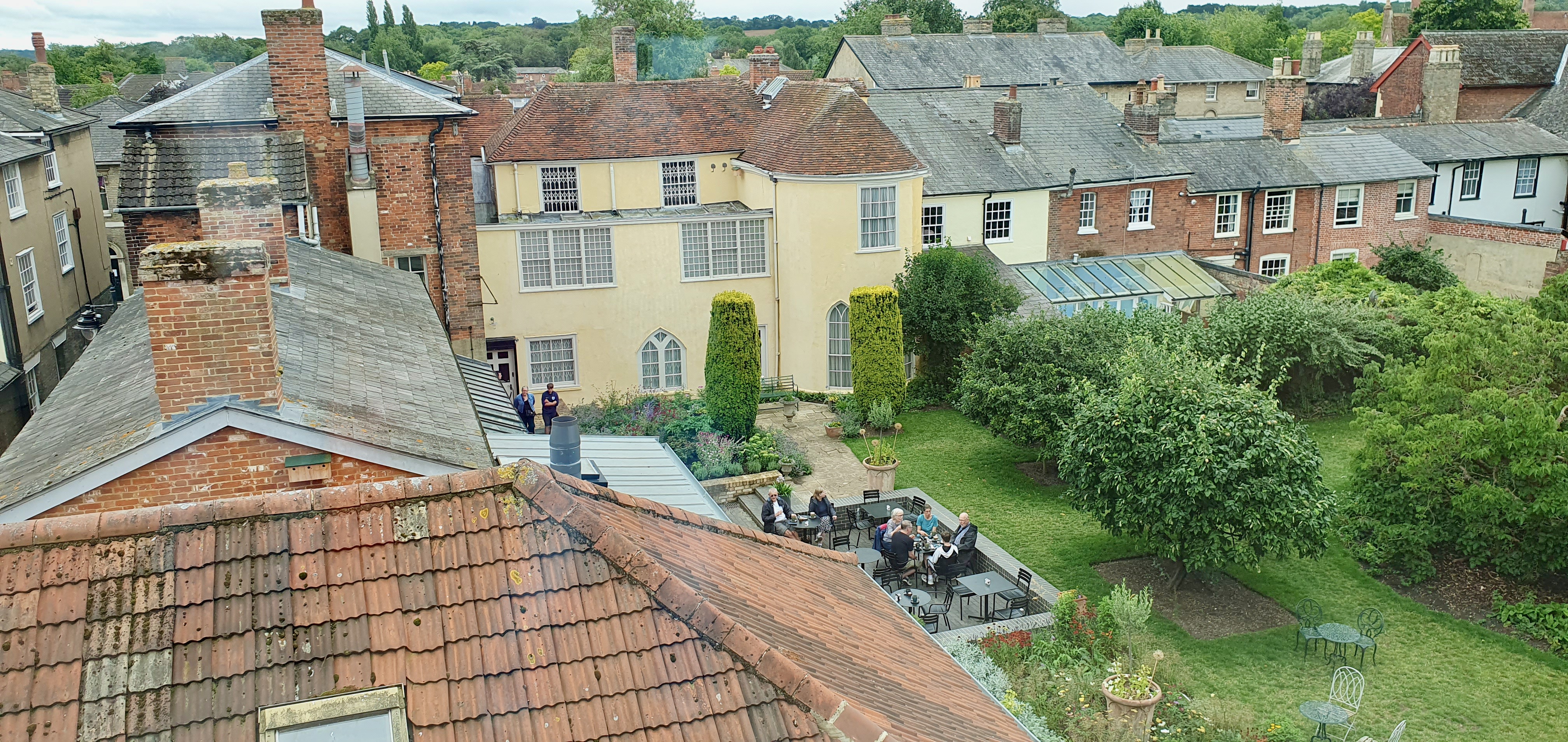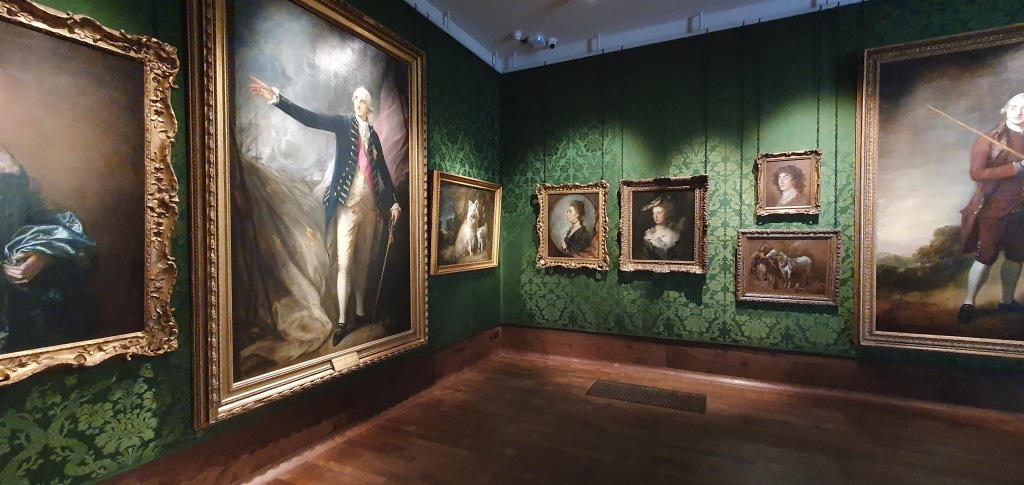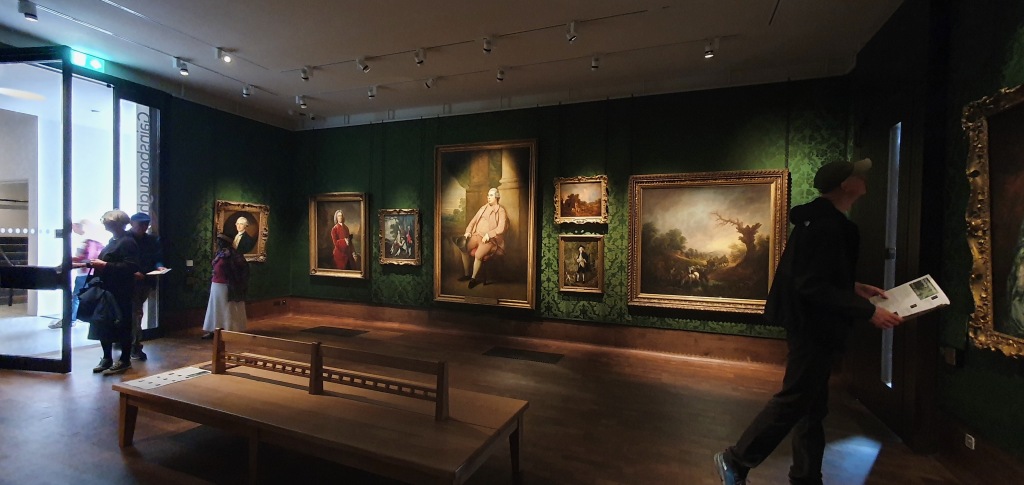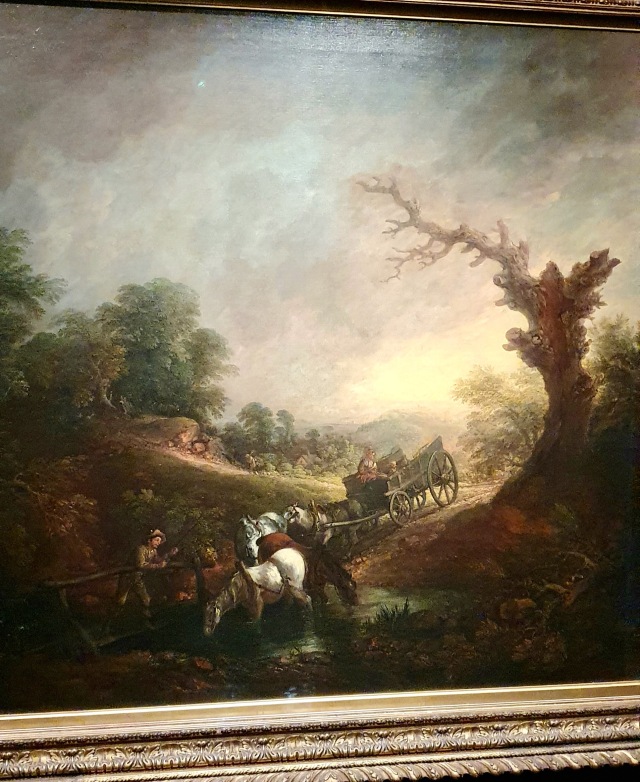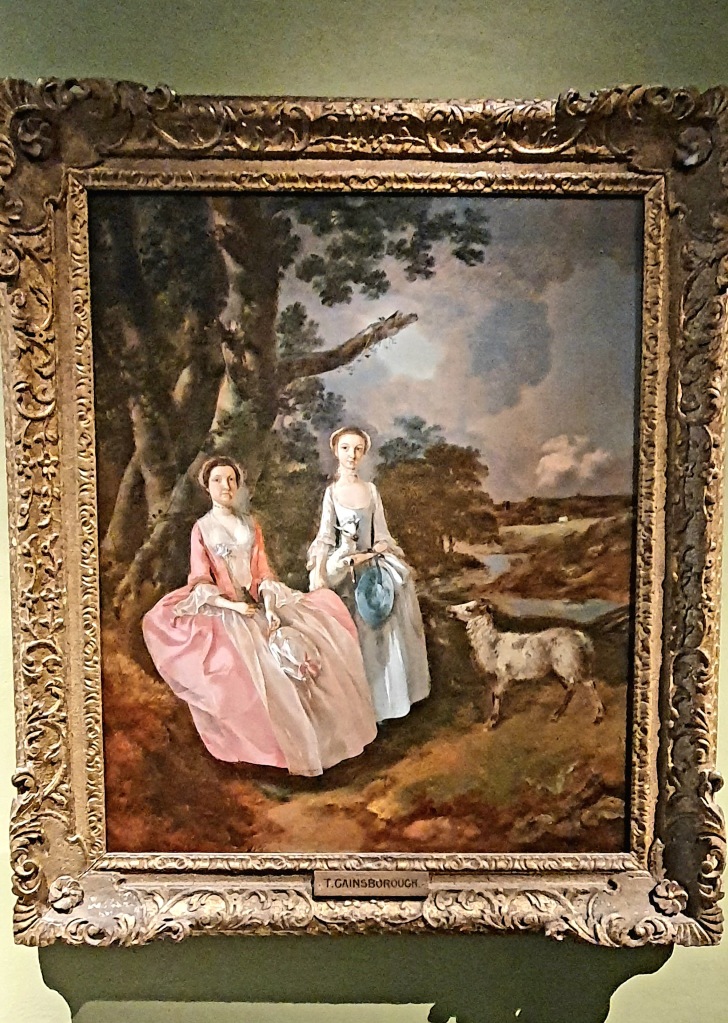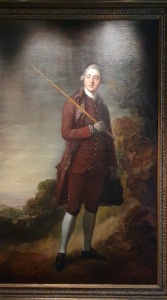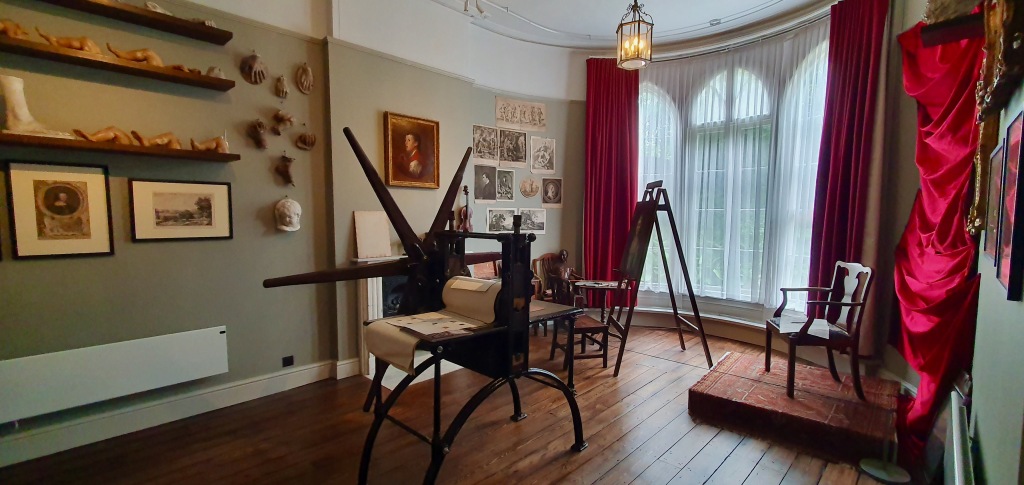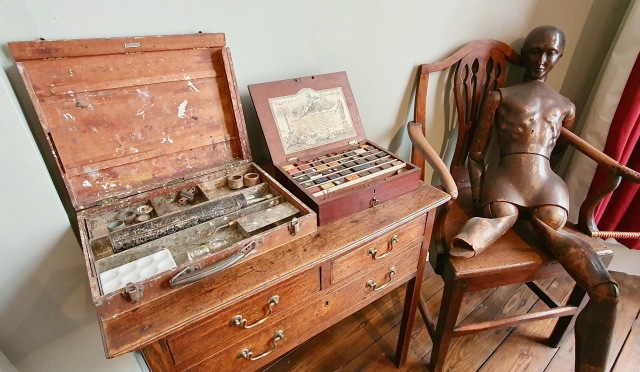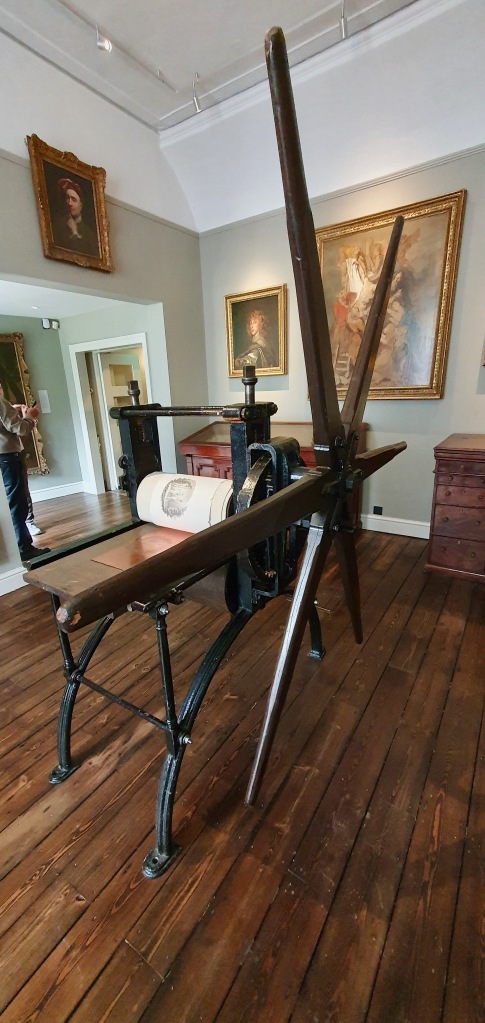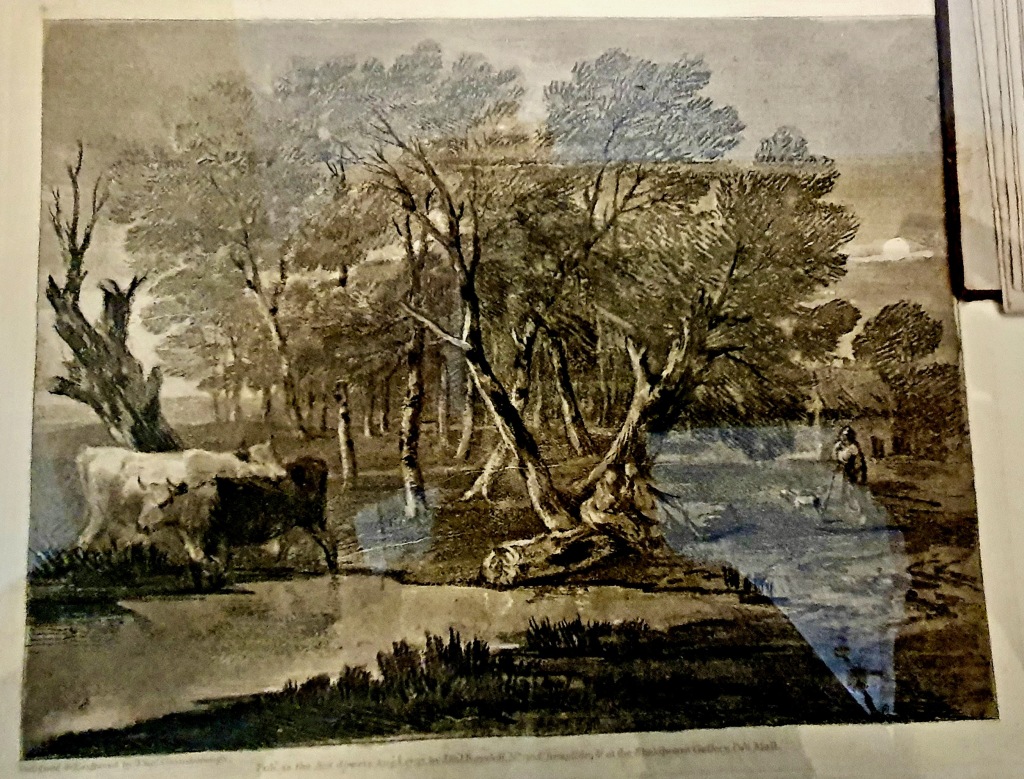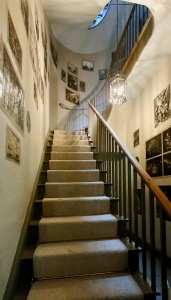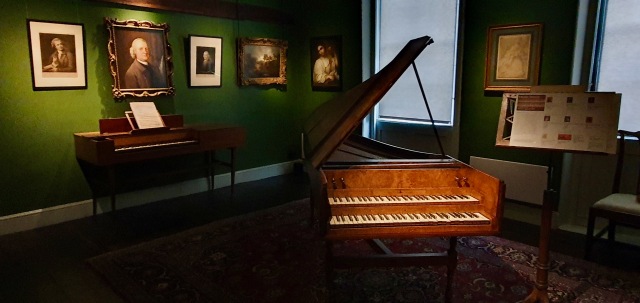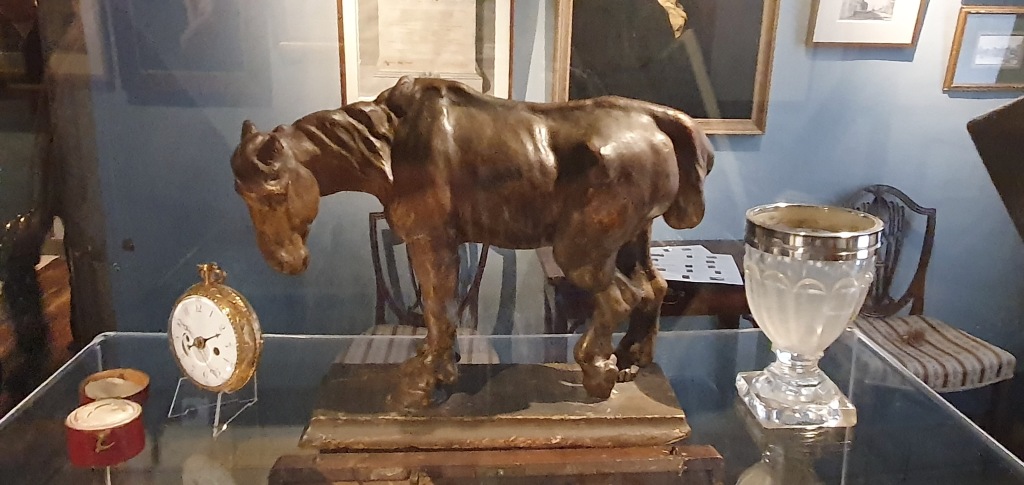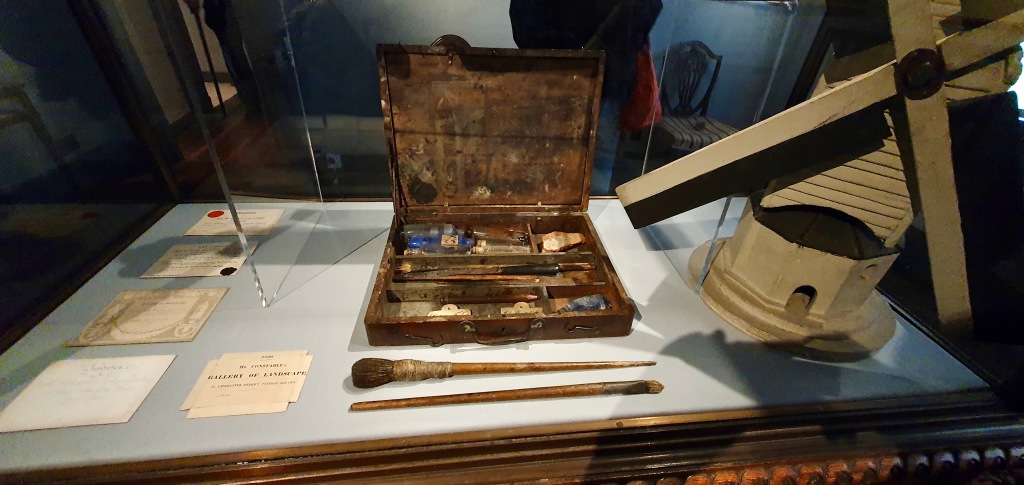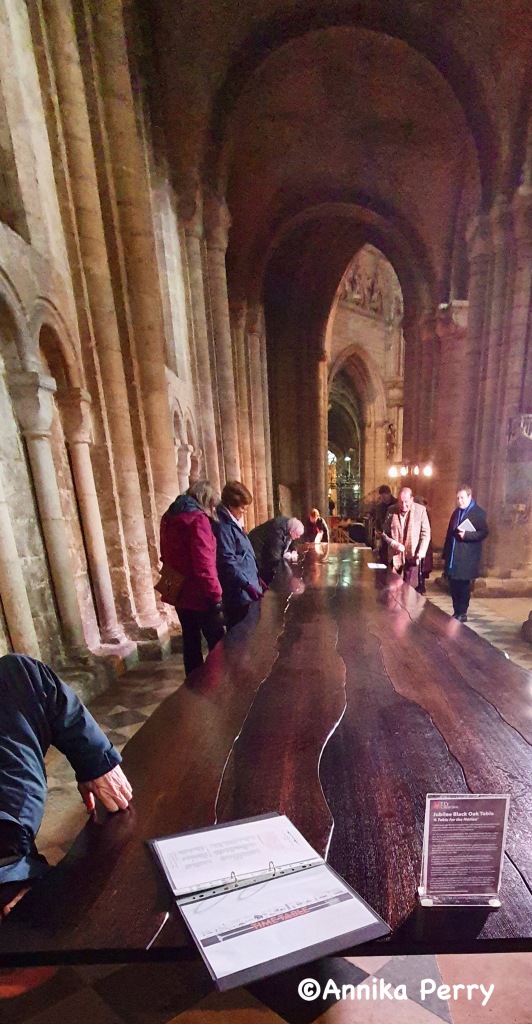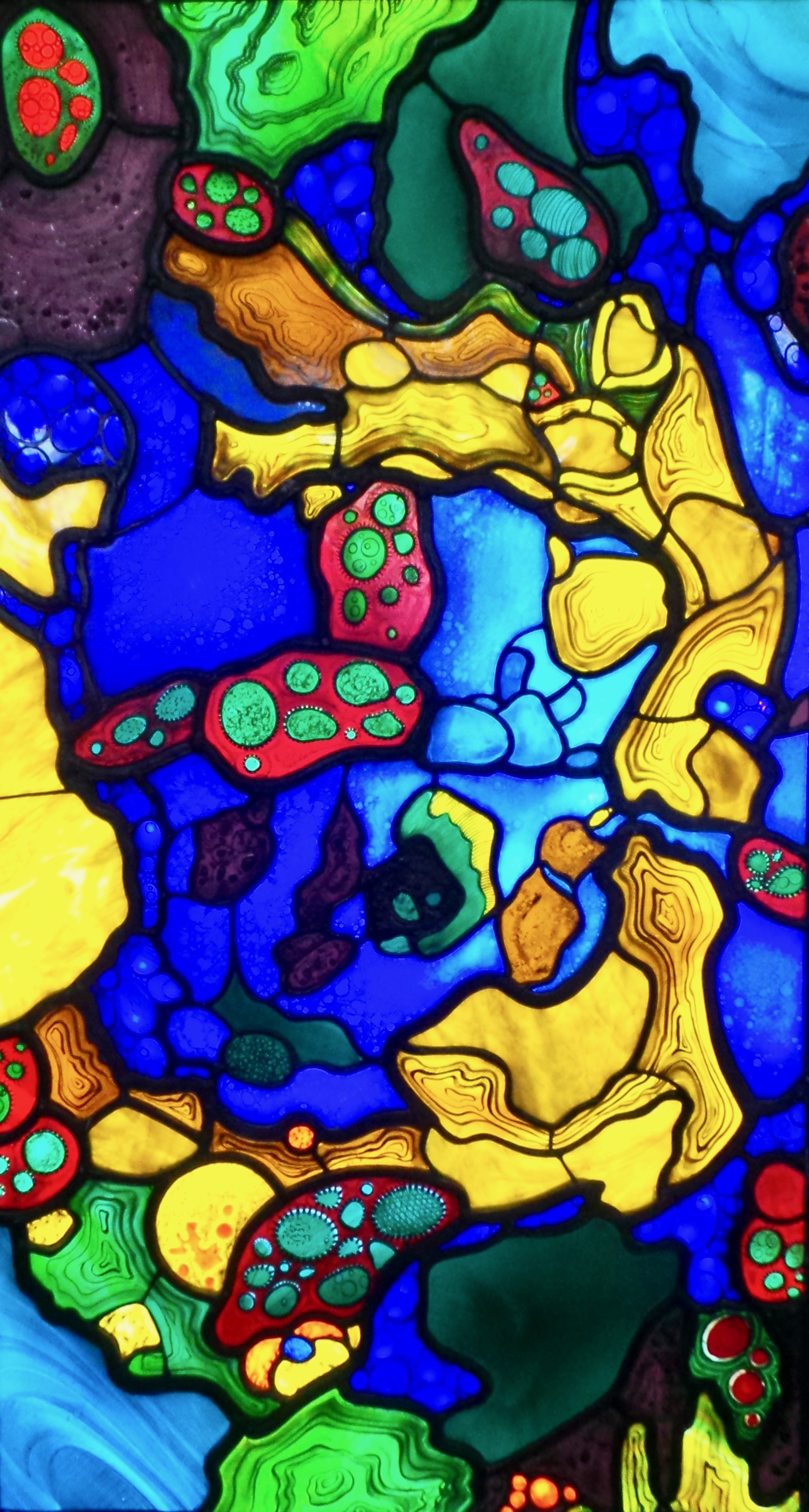
My respect for the staff of the big houses, such as the fictional Downton Abbey, grew this week as I set to sprucing up my silver spoon collection.
Long neglected, it has lain gathering dust in the loft until the recent redecoration of a room brought it to mind. A new blank wall, a whole new canvas beckoned to be filled and up to the ladder I headed to hunt out something appropriate.
Tucked on a shelf the two cases lay next to each other – perfect. Not the entirety of my collection, there are many more in boxes, however these forty-two represent some of my favourites.
They were in a sad state; dirty and blackened and well overdue a clean-up. Cherishing them once more I washed them individually in a bowl of soapy warm water, rubbing them as clean as possible, drying and buffing up to a shine. This took more time and dedication than I’d expected and my esteem for the staff handling the silver in the big houses grew ever more, in awe of their perseverance and dedication!
Although many are gleaming and glittering some still are rather less than shiny. For now, I am not resorting to silver polish as online warnings recommend that if used at all it is important to acquire the right low-dosage one! Who knew!
All children (and many adults too!) love collecting things and as well as bookmarks, spoons are my niche hobby. Many were gifted to me, mostly by family, as well as bought by myself. I love to travel and the spoons represented somewhere exciting and exotic; a memory of special times and other eras; the designs opening the doors of untold mystery and excitement.
The collection is split into three categories: The United States of America, Europe and The United Kingdom. Enjoy browsing through the collection with me! Which are your favourite ones?
For those in America, can you find your state’s spoon?


As a child I was mad about anything to do with space and especially the space shuttle – imagine my joy at receiving this spoon.

I’m particularly fond of the two spoons from Los Angeles and New York City with their golden hanging ornaments.
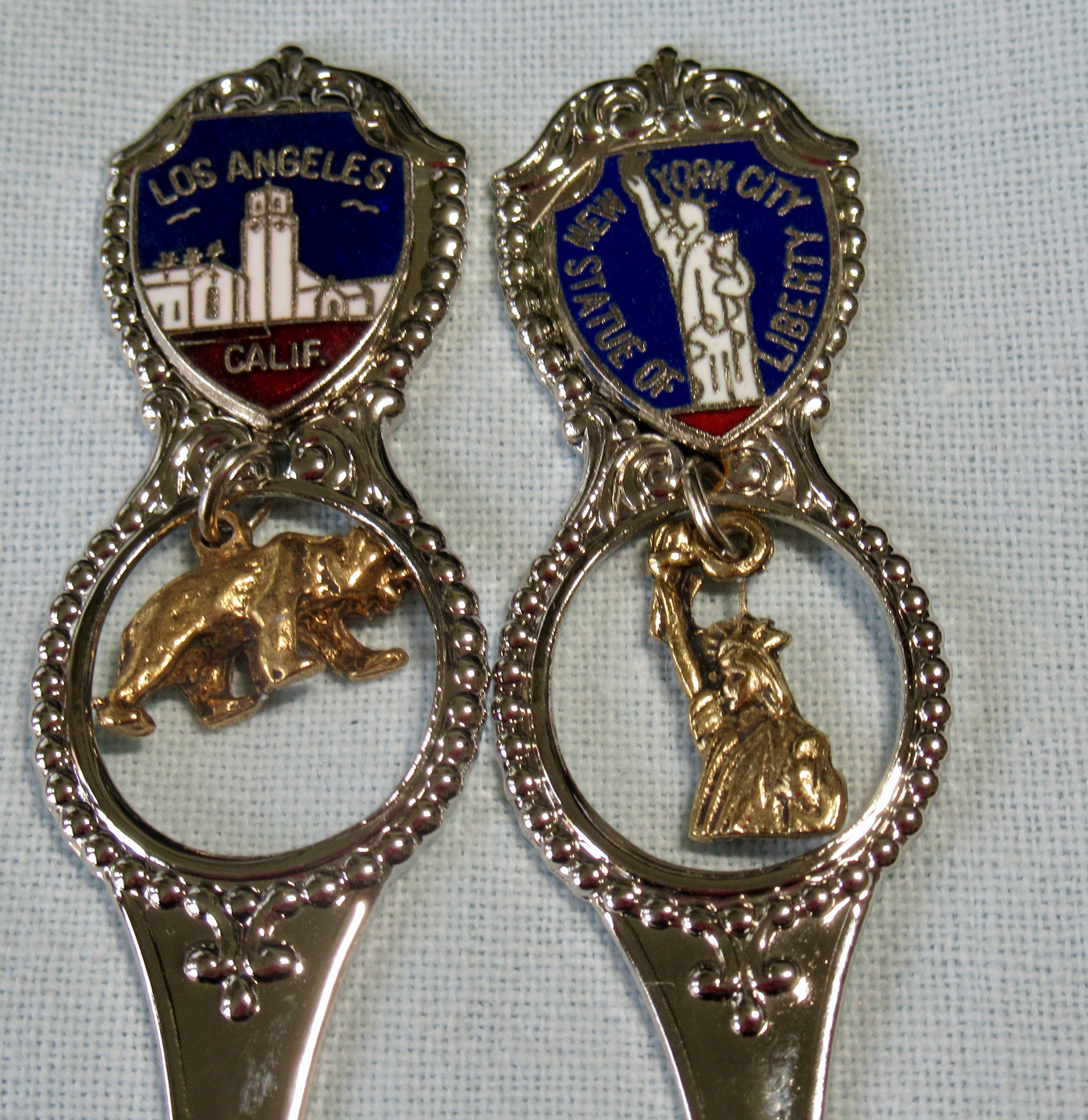
For those in Europe, can you see your country’s spoon?

When young we visited Greece many times and I have wonderful memories of our time in Corfu!

The slender shape of the Dutch milkmaid spoon is striking and there is exquisite detail of the woman herself, the two pails balanced perfectly on her shoulders.

Here are the spoons from Great Britain.

Have you ever been to any of these places?
Big Ben and the Houses of Parliament are looking splendid on top of the silver spoon.

I remember being surprised that the local Hedingham Castle (which I’ve written about here) was similarly designed with the building on top.

Finally, one spoon fell in between all categories although it ended up with the American.


Leif Eriksson, also known as Lucky Leif, was a Norse man born in the late 900s, believed to be the first European to reach the shores of America. His father, Erik The Red, was originally banished to Iceland, before moving with his family, including Leif, to Greenland.
According to the sagas, Leif and his crew were said to have been blown off course while sailing from Norway to Greenland, eventually landing on Vinland in Newfoundland.

So much history within just each spoon! It is such a unique way of commemorating a place or moment.
Writing my post I became interested in spoon collections in general and intrigued to learn the following:
- Silver spoon collecting became popular in the 1800s following the birth of tourism and especially the Grand Tours of Europe. By the late 1800s this European fad spread across America.
- The first souvenir spoon produced in the United States, in Washington, D.C. in 1889, featured a profile of George Washington and was created to mark the centennial of his presidency.
- Interest waned following World War One and is a marginal hobby nowadays.
- My collection is palfrey in comparison to the world’s largest collection of 30,000 owned by Des Warren in Mayfield, Australia.
- The phrase “born with a silver spoon in his/her mouth” is well known and is assumed to mean the child grew up wealthy. However, the idiom originated as a way of saying that the person never seems to get sick. There was a belief that the silver offered germ-killing properties and in the past children who were fed with silver spoons (which was a luxury often reserved for wealthier families) were typically healthier babies.
- The most expensive silver spoon was sold for $32,500 / £26,000 at Heritage Auctions, London in 2021. It was manufactured in 1790.
Do you tend to buy a memento of your time visiting somewhere special? Or perhaps you have an unusual hobby or collection yourself? It’s great to chat away in the comments!

Finally, many thanks for David Prosser for mentioning how good the Red Dragon of Wales would look upon a silver spoon! They exist and look amazing- a new one I would love to be my next silver spoon!
























